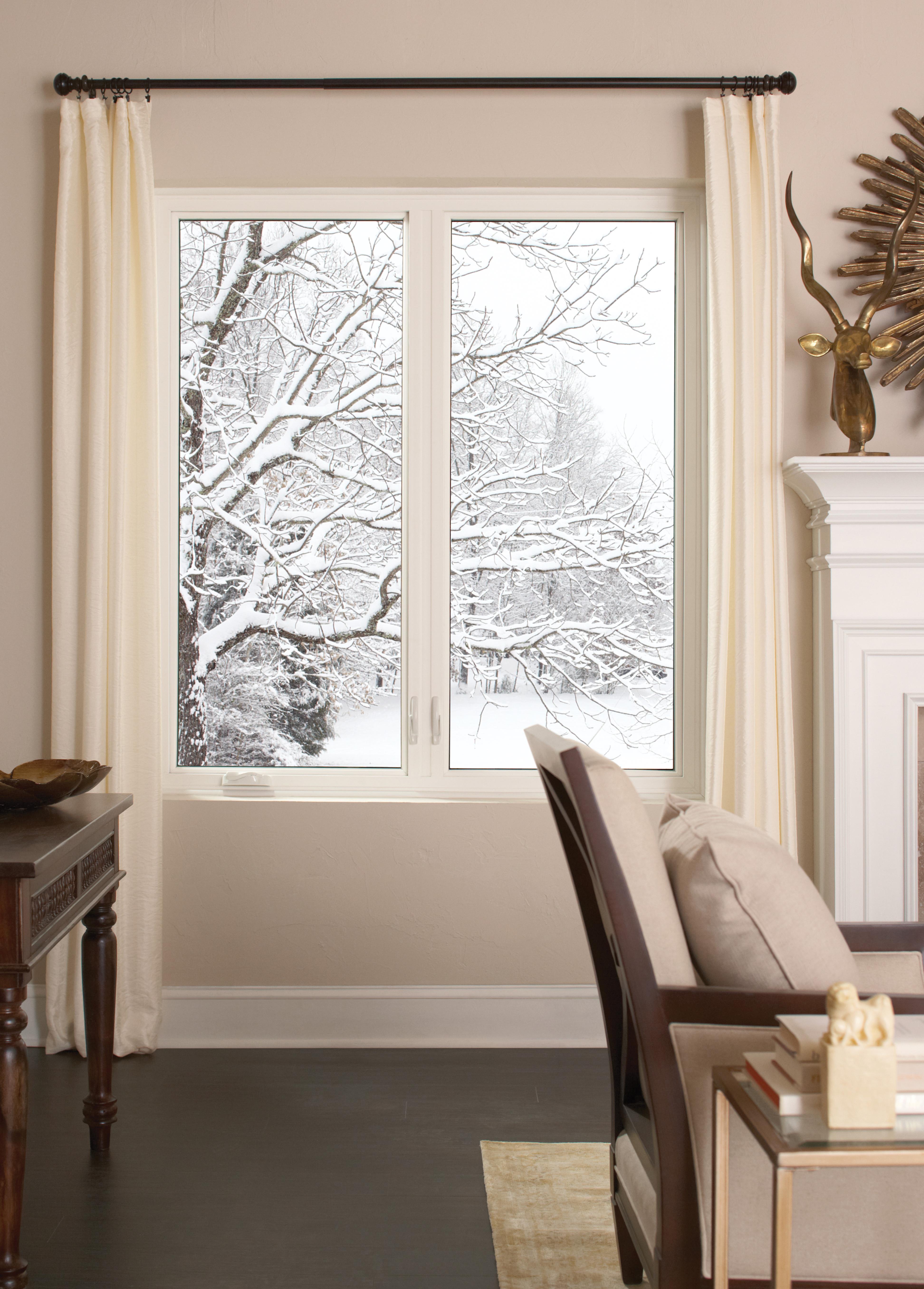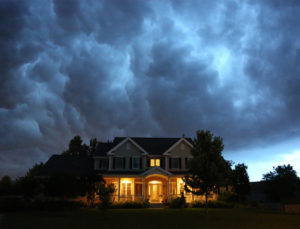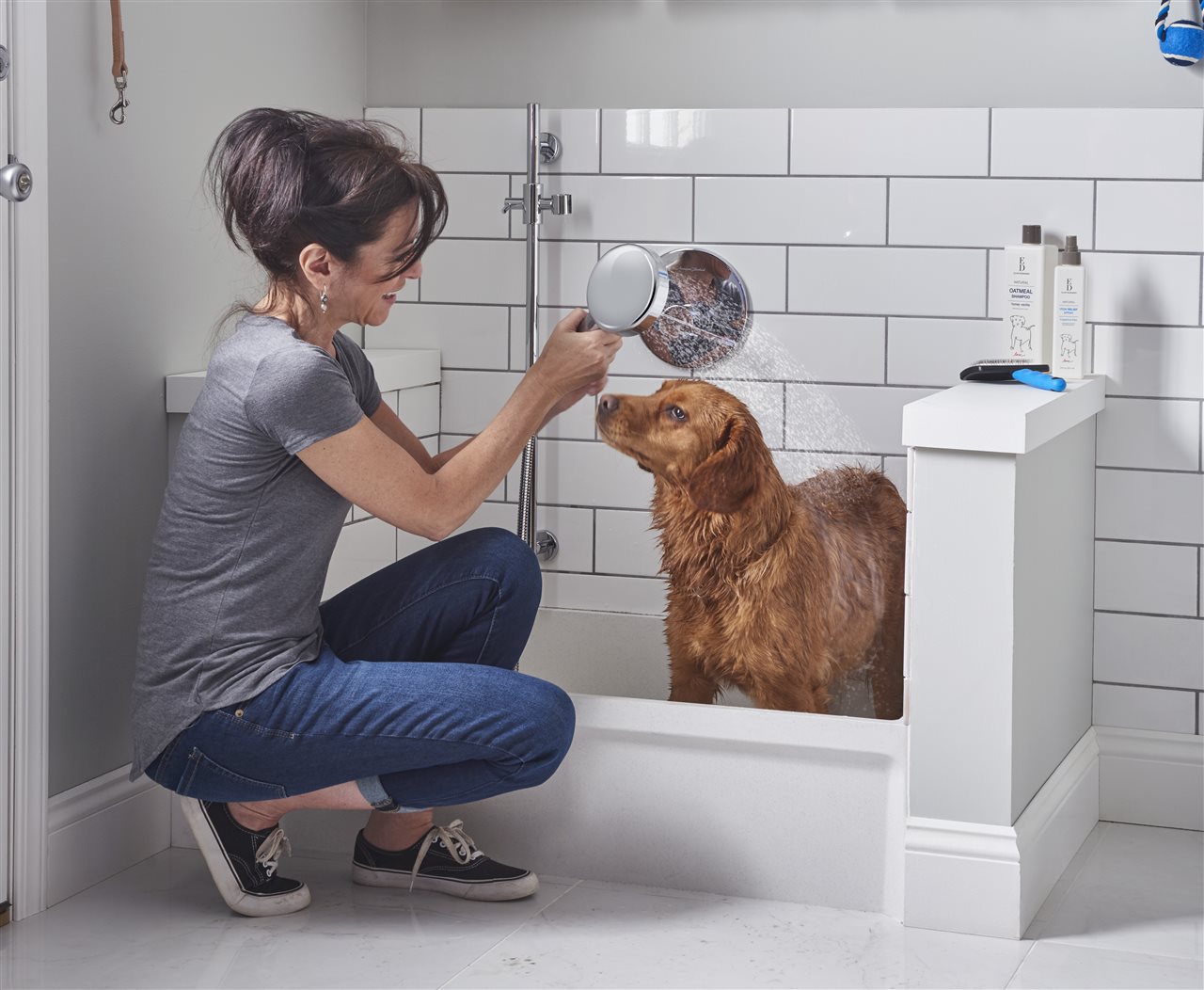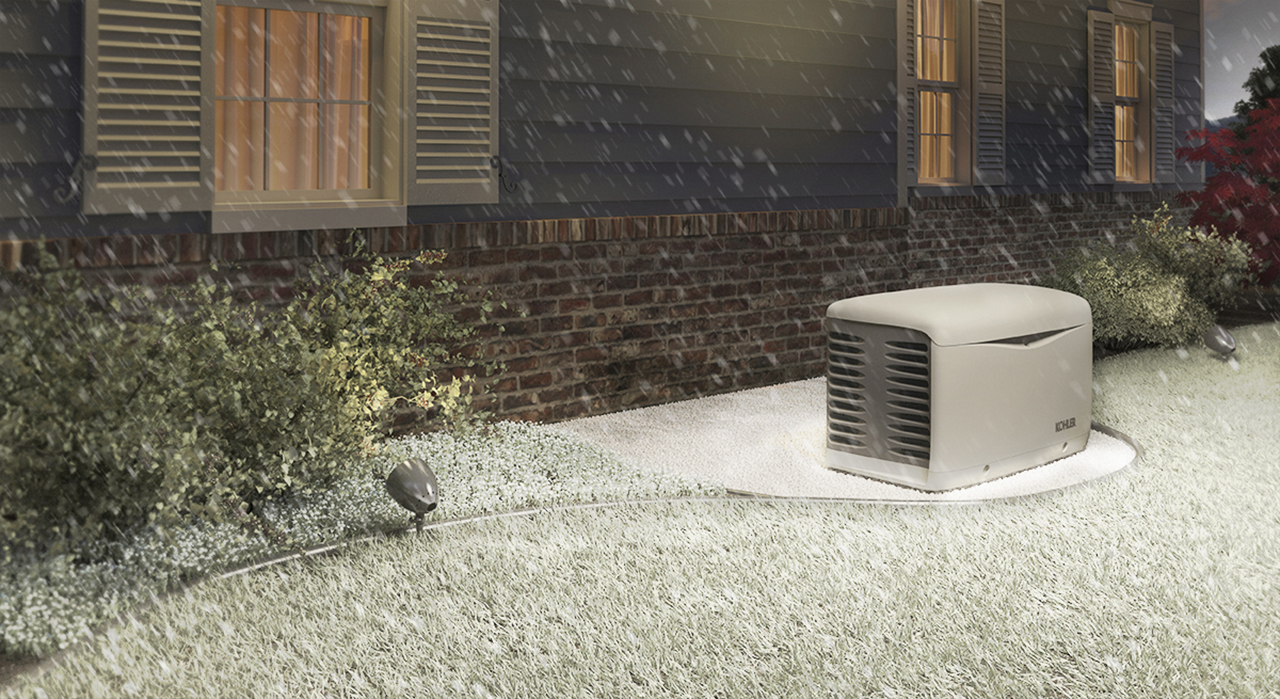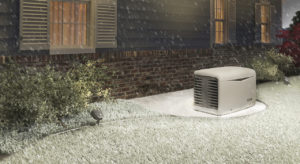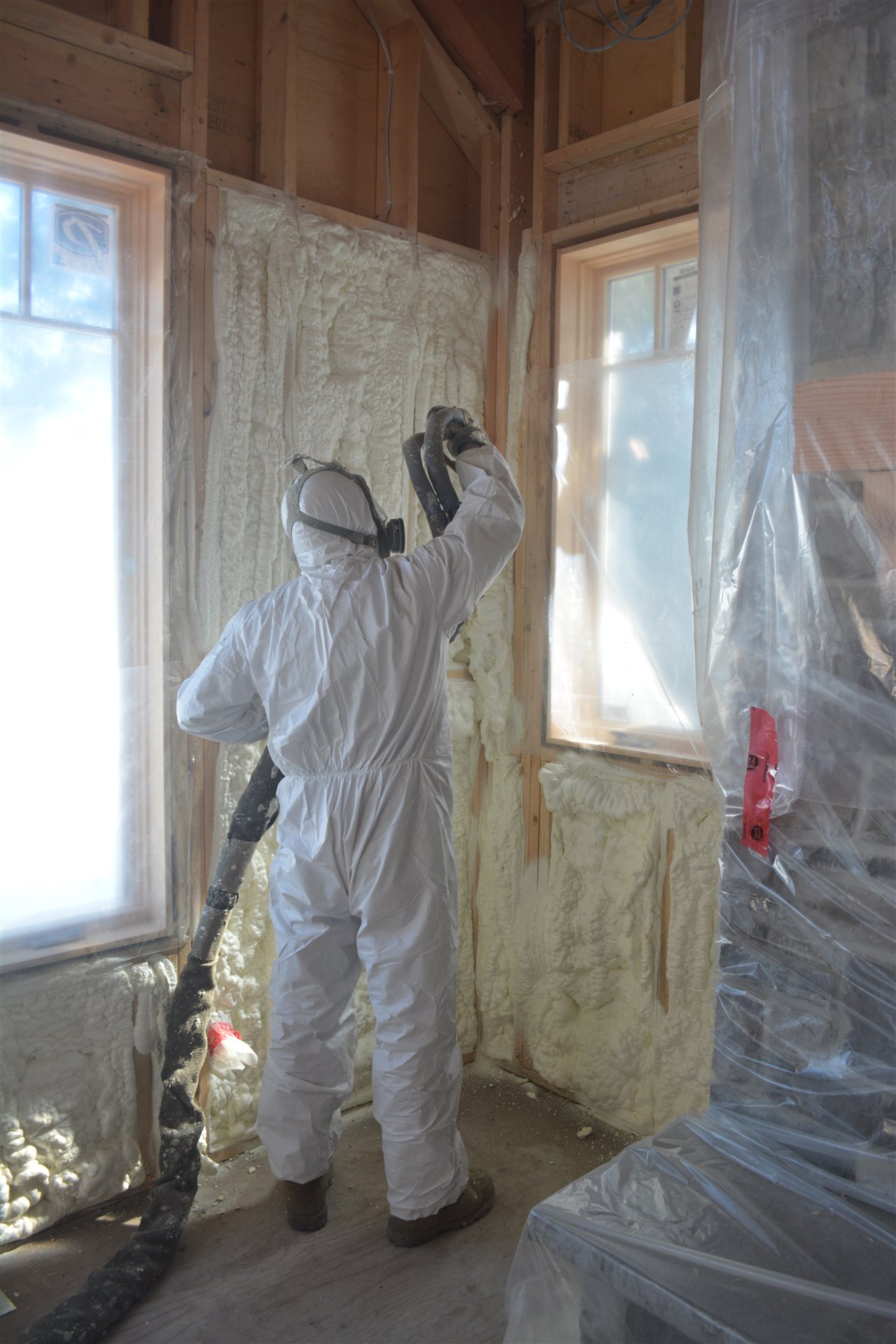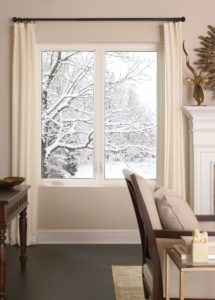 (BPT) – Winter is in full swing, and extremely cold temperatures continue to grip much of the U.S.; which mean hats, gloves and high home maintenance bills could be in your future. According to recent data from the Insurance Information Institute, in 2016 severe winter weather cost homeowners more than $1.7 billion in property damages. While the seasonal shift can be a challenge for homeowners, taking these four steps today could ease home maintenance burdens this season and all year-round.
(BPT) – Winter is in full swing, and extremely cold temperatures continue to grip much of the U.S.; which mean hats, gloves and high home maintenance bills could be in your future. According to recent data from the Insurance Information Institute, in 2016 severe winter weather cost homeowners more than $1.7 billion in property damages. While the seasonal shift can be a challenge for homeowners, taking these four steps today could ease home maintenance burdens this season and all year-round.
1. Take a Look At Your Windows
Old windows – especially those with multiple panes of glass- are notorious for air leakage, allowing heat to escape the home while letting in cold air. If your home still feels drafty after you’ve turned the heat on, it may be time to upgrade to more energy-efficient windows.
Mark Montgomery, vice president of marketing for Ply Gem Windows, www.plygem.com, recommends that homeowners pay attention to insulating values and glass packages when selecting new windows for their home. “Manufacturers have made significant technology advancements over the years. Thermal performance of windows can now achieve performance well beyond building code and Energy Star levels, significantly increasing energy efficiency. Along those same lines, low-E glass coatings allow us to customize windows to specific regional climate conditions. So, if a home has old windows, replacing them with new energy efficient ones can make a significant difference in comfort, while also saving energy.”
One window example is the Premium Replacement Series from Ply Gem, which can be configured to meet Energy Star requirements in all climate zones, and is available through a network of building product distributors.
2. Seal Up Any Leaks
Air leakage through holes, gaps, or cracks in the home’s structure is one of the biggest causes of home heating and cooling loss. The U.S. Department of Energy estimates that reducing drafts could save homeowners from 10 to 20 percent on their annual energy costs. To help control air leakage through gaps and cracks larger than two inches, such as where the wall sets on the subfloor or where pipes and wires go through wall plates, homeowners should use caulk or foam sealant materials. For smaller cracks, typically found around windows and doors, weather stripping can help manage leaks. Steps taken to seal your home and save heat in the winter will also help improve indoor air conditioning flow during summer months.
3. Think About Adding Insulation
In addition to sealing up any small leaks, it’s important to evaluate your home’s air tightness on a few fronts. For instance, consider adding materials such as fiberglass, cellulose or natural fibers to interior walls for enhanced insulation. On the exterior, look at areas like your home’s cladding and consider upgrading to an insulated vinyl siding system. In addition to boosting curb appeal and minimizing ongoing maintenance, insulated vinyl siding, such as Mastic’s Structure Home Insulation System, efficiently reduces air leakage by providing continuous insulation along the entire exterior and covering wall studs that are left exposed by traditional wall coverage.
4. Keep Your Gutters Clean
As temperatures drop, check your gutters to ensure they are completely devoid of leaves and debris so that water can flow freely. If needed, have professional gutter protection installed, such as a gutter protection system that includes a continuous hanger, to reduce the possibilities of ice damming. If melting ice is unable to drain due to buildup, it could seep into the walls and ceilings of your home. Having an effective gutter system installed is a simple solution that can prevent the hassles of gutter cleaning and damage throughout the year.
By keeping these tips in mind, you’ll be able to better protect your home from Mother Nature’s ways this winter and throughout the remainder of the year.

